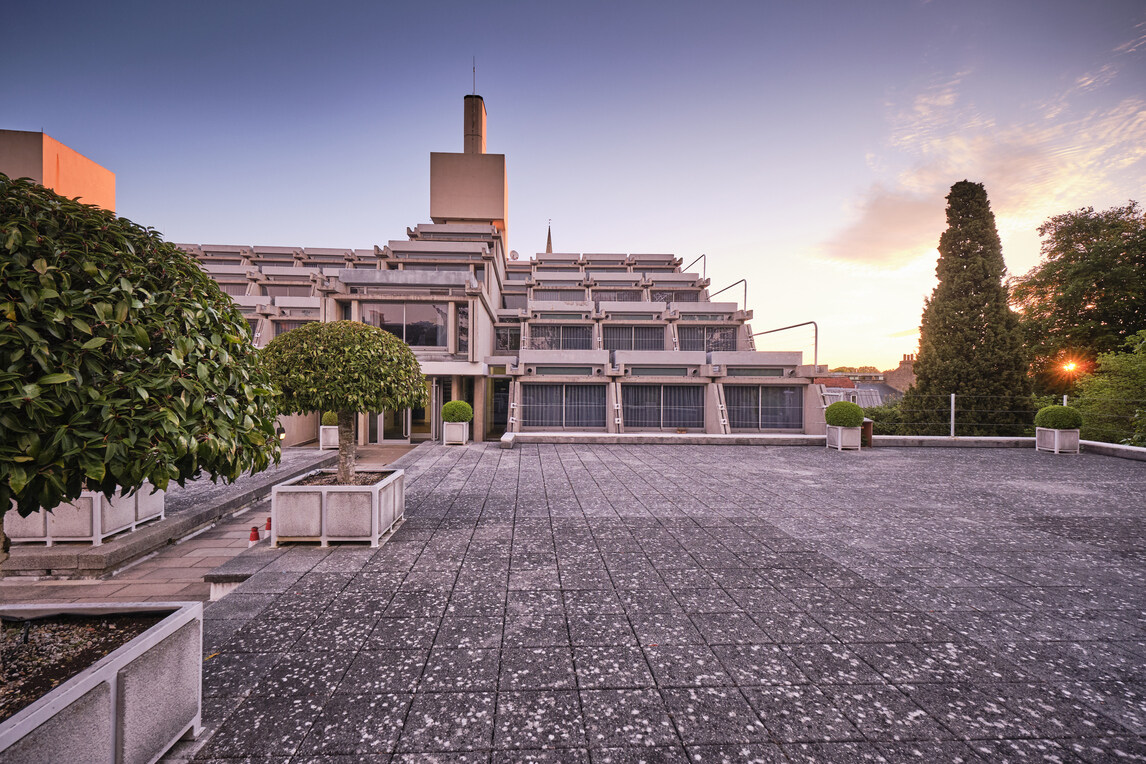
Heritage in Context: Reflections from the IHBC Annual School
A reflection on evolving approaches to heritage through the lens of context, drawn from the IHBC Annual School.
Last month, we attended the IHBC Annual School in Shrewsbury; a day of insightful and thought-provoking lectures on ‘Heritage in Context’, put together by the West Midlands branch. The day provided opportunity to hear from professionals across the spectrum of the heritage sector, as well as to meet and network with IHBC members and conservation professionals from across the country. We also had a chance to explore the town of Shrewsbury; a great location for the school as a town steeped in history, and containing many unique and interesting historic buildings.
There are multiple ‘contexts’ in which the heritage sector and the historic environment sits, and the talks ranged from discussions of what makes a new scheme successful or not in its response to its surrounding historic context; the concept of townscape and whether ‘context’ as a term has become devalued; the context of recent planning case law and what this means when looking to make change within the historic environment; heritage within the context of climate change and sustainability; and insight into tools for visualising heritage assets in context within the virtual sphere.
As heritage consultants, we refer to ‘context’ daily when undertaking assessments of the potential for change within the historic environment; an awareness of the historic context of a place or building is vital for the successful design of new buildings or additions/alterations to existing building stock. Dependant on the site and the project, it can be beneficial to lean into the context around you and develop a scheme utilising the forms, massing, materials and features of the surrounding area, or it can work best to be deliberately distinct from these to mark the separation between old and new. A number of the talks discussed how to successfully relate to context, with specific project examples showcasing the use of modern materials and forms to echo the historic context whilst allowing buildings and places to evolve to suit the needs of today’s world.
The concept of moving historic buildings and structures was also discussed a number of times, raising questions as to whether a building no longer in its original position still holds the same level of significance, or whether removal from its context erodes the interest that it holds. Understanding the historic context of an asset is an essential stage in determining where it gains its interest, and each case is different when assessing the role that the surroundings play in the overall significance of a structure. Removing a building from its original position gives rise to many questions as to how this affects its significance, and the examples discussed throughout the day, including the relocation of war memorials, has certainly provided food for thought and has sparked a number of discussions in the office subsequently.
A key takeaway from the talks and subsequent discussions was just how much the cultural, economic, political and environmental context of the time influences our approach to heritage and its conservation. The starkest examples of this came from the opening lecture of the day by Aishwarya Tipnis, who provided an insight into heritage and conservation practices within India, and how cultural context alters the perception people have of heritage and what matters when it comes to conservation.
A question we found ourselves asking once the day wrapped: will the approaches being adopted today be viewed favourably in the future, and how far will conservation practices need to adapt to meet ever-increasing sustainability measures and the effects of climate change and economic variance?
As stated within the closing remarks of the day: ‘the only constant is change’, and it is vital that the heritage sector keeps up with the ever-evolving contexts within which the historic environment sits, and adopts realistic and achievable approaches to conservation in the face of these.


